Gout occurs most commonly in the big toe because uric acid is sensitive to temperature changes. At cooler temperatures, uric acid turns into crystals. Since the toe is the part of the body that is farthest from the heart, it is also the coolest part of the body and, thus, the most likely target of gout. However, gout can affect any joint in the body.
The tendency to accumulate uric acid is often inherited. Other factors that put a person at risk for developing gout include high blood pressure, diabetes, obesity, surgery, chemotherapy, stress, and certain medications and vitamins. For example, the body’s ability to remove uric acid can be negatively affected by taking aspirin, some diuretic medications (“water pills”) and the vitamin niacin (also called nicotinic acid). While gout is more common in men aged 40 to 60 years, it can occur in younger men as well as in women.
Consuming foods and beverages that contain high levels of purines can trigger an attack of gout. Some foods contain more purines than others and have been associated with an increase of uric acid, which leads to gout. You may be able to reduce your chances of getting a gout attack by limiting or avoiding shellfish, organ meats (kidney, liver, etc.), red wine, beer, and red meat.
An attack of gout can be miserable, marked by the following symptoms: Intense pain that comes on suddenly (often in the middle of the night or upon arising), and Signs of inflammation (such as redness, swelling, and warmth over the joint).
To diagnose gout, we will ask questions about your personal and family medical history, followed by an examination of the affected joint. Laboratory tests and x-rays are sometimes ordered to determine if the inflammation is caused by something other than gout.
Initial treatment of an attack of gout typically includes the following: Medications (Prescription medications or injections are used to treat the pain, swelling, and inflammation), Dietary restrictions (Foods and beverages that are high in purines should be avoided since purines are converted in the body to uric acid), Fluids (Drink plenty of water and other fluids each day), while also avoiding alcoholic beverages (which cause dehydration), Immobilize and elevate the foot (Avoid standing and walking to give your foot a rest), and elevate your foot (level with or slightly above the heart to help reduce swelling).
The symptoms of gout and the inflammatory process usually resolve in three to ten days with treatment. If gout symptoms continue despite the initial treatment, or if repeated attacks occur, your primary care physician may place you on maintenance treatment that may involve daily medication. In cases of repeated episodes, the underlying problem must be addressed, as the buildup of uric acid over time can cause arthritic damage to the joint.
Arthritis is a general term for a group of more than 100 diseases. Arthritis means “joint inflammation.” When it affects the joints of the foot and /or ankle, it can produce swelling and pain and may eventually result in deformity, loss of joint function and decreased the ability to walk. The most common form of arthritis is osteoarthritis. Similar symptoms may be caused by another form of arthritis such as rheumatoid arthritis, psoriatic arthritis, gouty arthritis, traumatic arthritis, etc.
The foot contains 26 bones and more than 30 joints. Many people experience pain involving one or more of these joints. The pain may be accompanied by swelling, tenderness, stiffness, redness, bruising and/or increased warmth over the affected joints.
Joint pain may be caused by trauma, infection, inflammation, arthritis, bursitis, gout or structural foot problems. It is initially treated with rest, elevation and limitation of walking / weight bearing on the painful foot. Use of nonsteroidal anti-inflammatory drugs (NSAIDs), such as ibuprofen, and ice can help reduce local inflammation and pain. Custom orthotic devices may also be prescribed to support the foot and reduce pain. We can best determine the cause of joint pain and recommend the appropriate treatment.


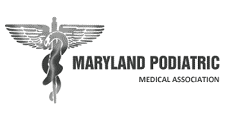
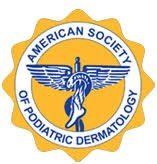
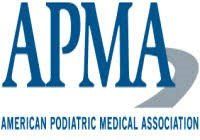

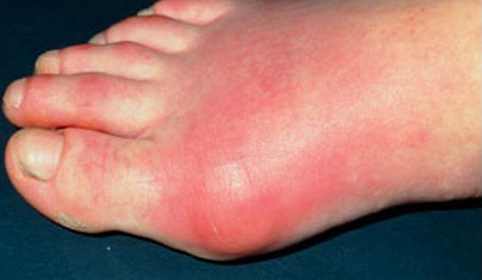
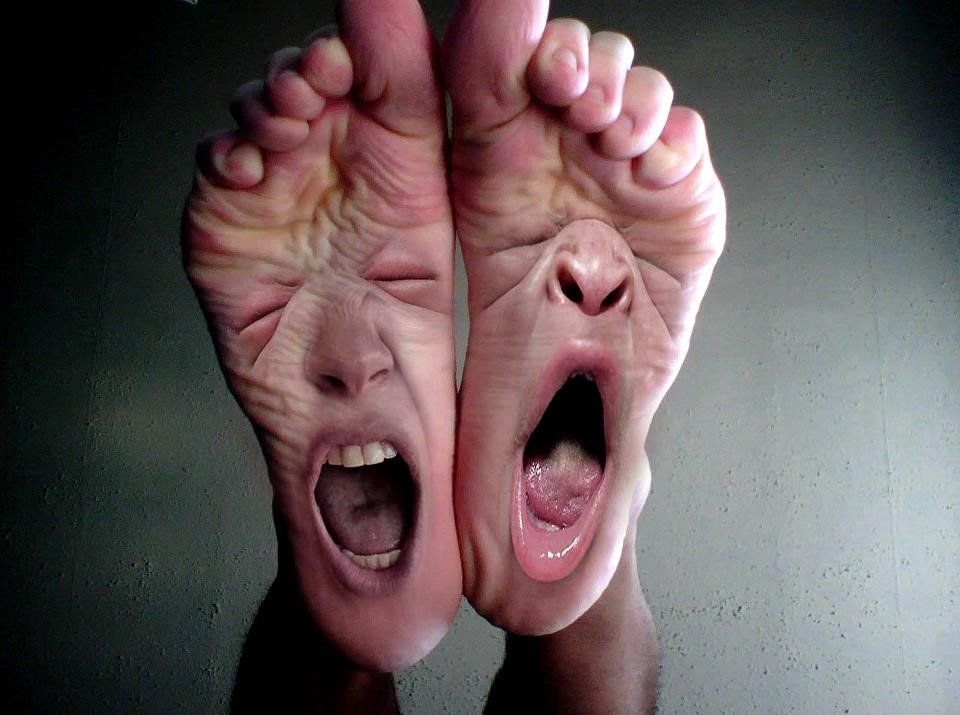
Share On: